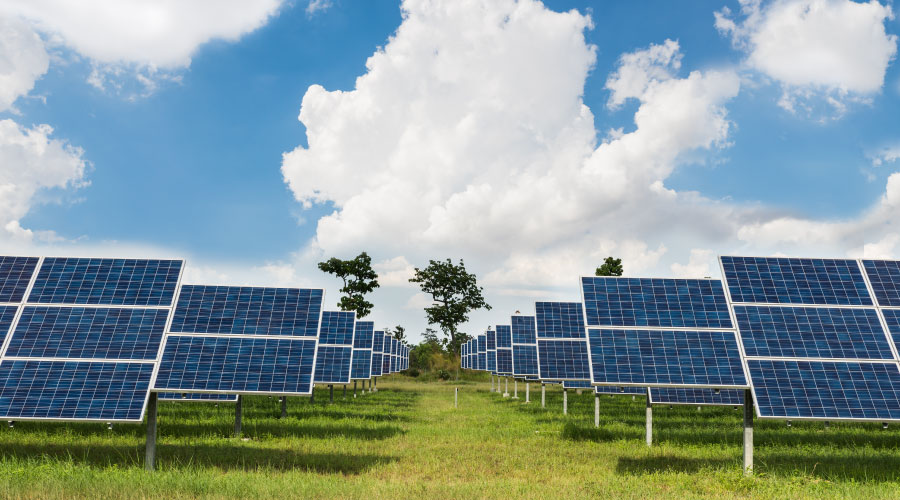Calculating Water Upgrade Payback Involves These Four Factors
Building owners and facility managers endlessly look for new ways to provide their services more efficiently without sacrificing performance or clientele satisfaction. At the same time, they also strive to make a building as functional, durable, and, frequently, sustainable as possible. While combining these goals is easily achievable, it typically comes at a cost in upgrading mechanical and plumbing equipment or systems. Justifying that cost can often be tricky; below are four ways to help calculate an accurate payback.
Because water system upgrades are typically expensive, the payback for performing them needs to make financial sense. For some owners, the requirement is five years or less; for others it's two. Regardless of the specific duration of the payback, it and the cost of the work are vitally important, so these calculations need to be accurate. Unfortunately, most water efficiency payback calculators don't include all of the savings that would shorten the payback period. Even worse, as a result, missing these cost savings may kill a project that could have moved forward had it been calculated differently.
How you use your payback calculator is important, but what is even more crucial is what your payback calculator includes for forecasted savings. Most payback calculators are good at calculating water savings — but if water is the only thing included, the true savings aren't completely accounted for, and the payback looks worse than it actually is. Here's a list of nine items that should also be in payback calculations.
1. Sewer Savings: Due to the more energy-intensive treatment process, sewer costs are typically 2.5 times more than the water itself. Obviously, the decrease in sewer usage matches the amount of water saved, so including these costs is paramount.
2. Accurate Fixture or Equipment Use Rates: Use rates vary wildly depending upon the building type, occupancy schedule, and the occupancy-to-fixture or equipment density. Reference guides for use rates can be found in LEED standards and from the International Association of Plumbing and Mechanical Officials (IAPMO). You can also use common sense. For example, some manuals suggest a male will use the restroom three times over an eight-hour period. Experience shows that may be a bit of an underestimation. Triangulating between these published guides and common sense is usually the best method for determining use rate, unless you can monitor the use frequency in another reliable way. The key thing to remember is that the actual use rate may be more than the manuals suggest.
3. Actual Facility Costs for Water, Sewer, Natural Gas, and Electricity Rates: Rates and rate structures vary from city to city, from winter to summer, and are often tiered with increasing use. Using a facility's actual costs from historical data is simply more accurate. If a facility is in use during higher pricing structures, this needs to be reflected in calculating the payback. Often times a payback calculator will use only the utility's base rates and not reflect the more expensive rates paid over the summer or after a certain quantity of use. The more expensive the water saved is, the shorter the payback duration.
4. Hot Water Savings: Saving water saves all water, hot and cold. How much hot water is saved is contingent upon which fixtures are actually upgraded, of course. But if sink faucets, shower heads, dishwashers, etc. are replaced or upgraded with higher efficiency models, less hot water is used, and less energy is used to make it hot. Hot water is typically created by a water heater (electric or natural gas) or via a heat exchanger where the heat is being created by a natural gas or electric boiler. In either case, natural gas or electricity is being saved and needs to be part of the payback calculation.
Related Topics:













